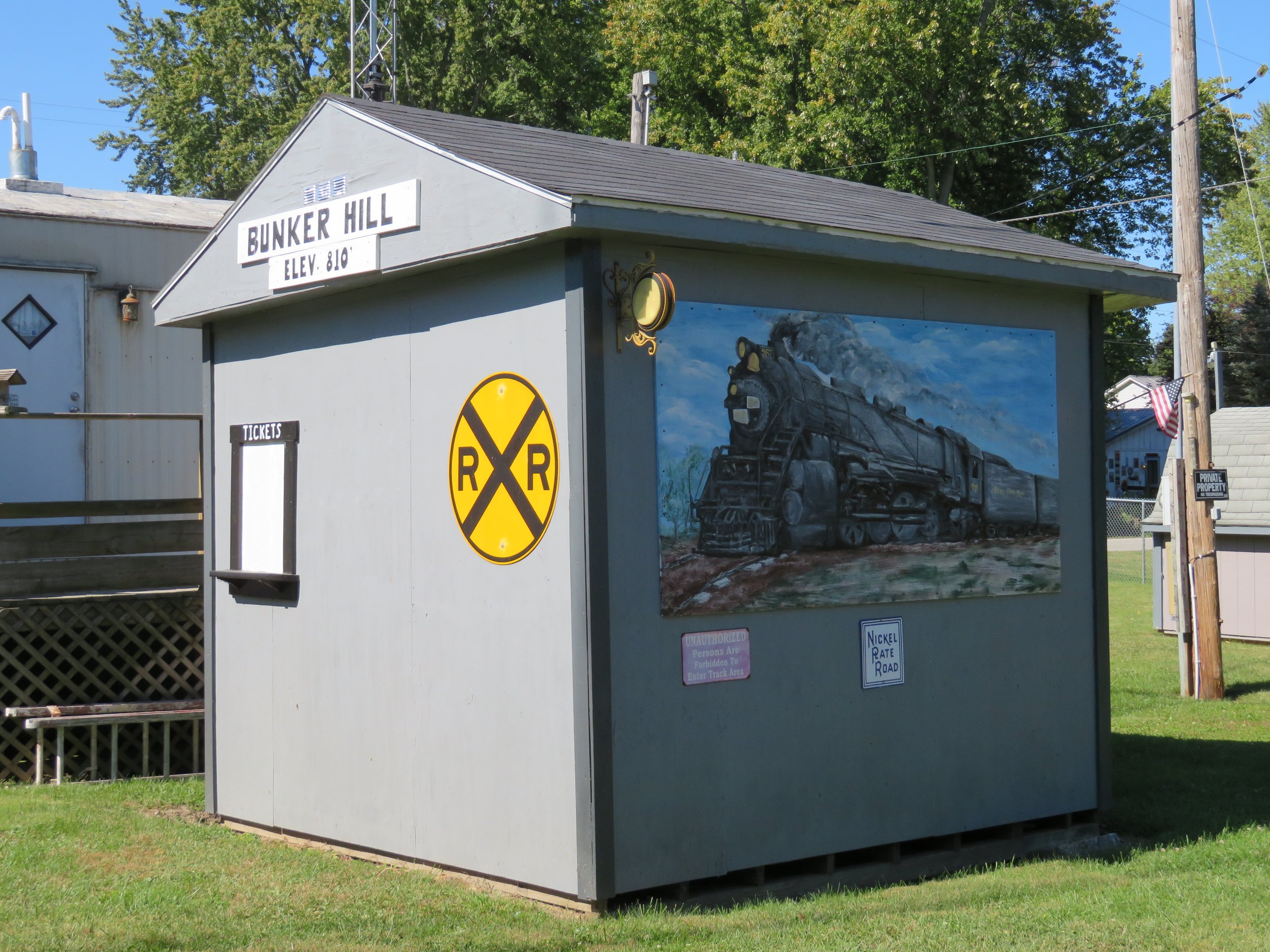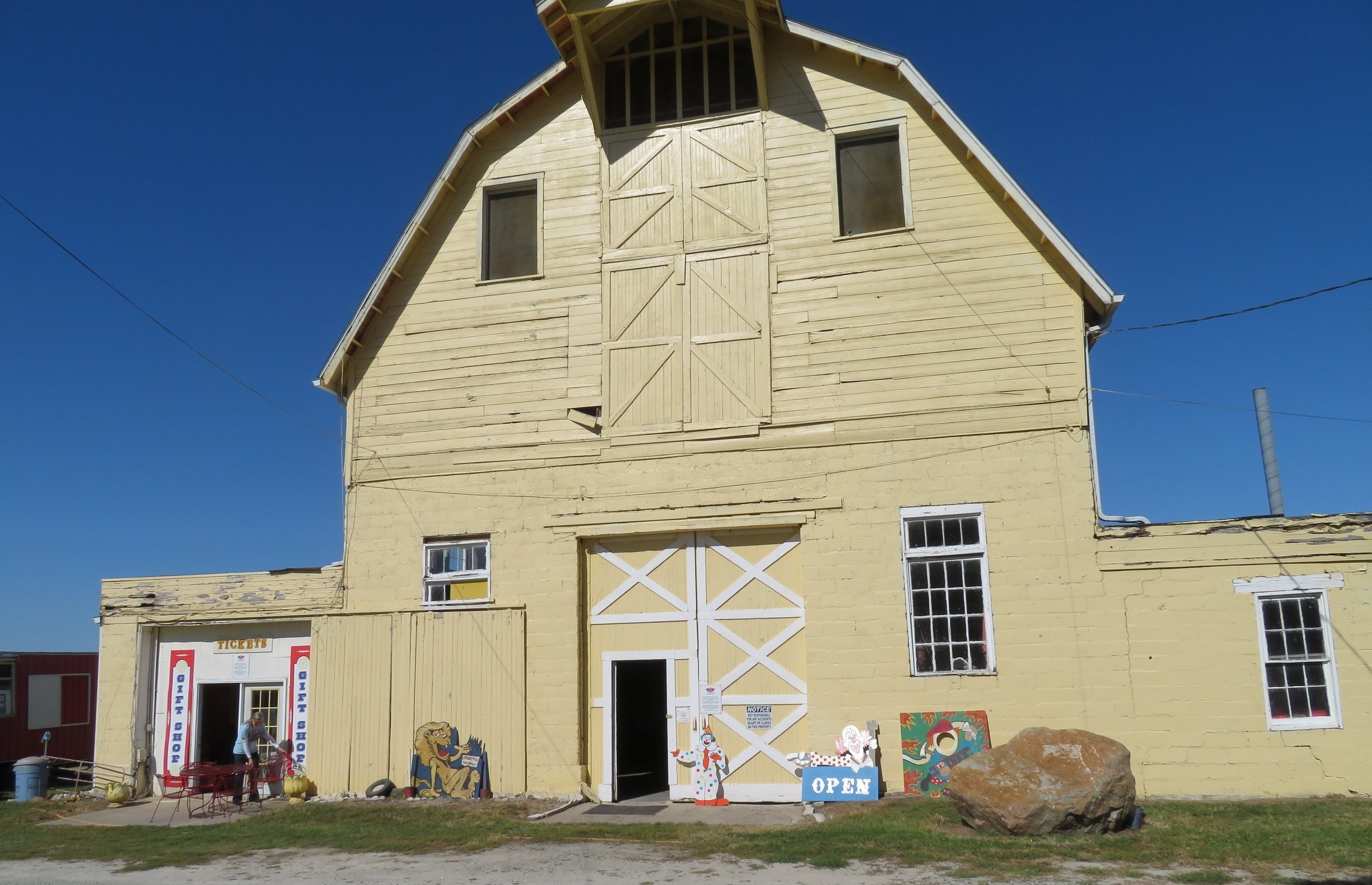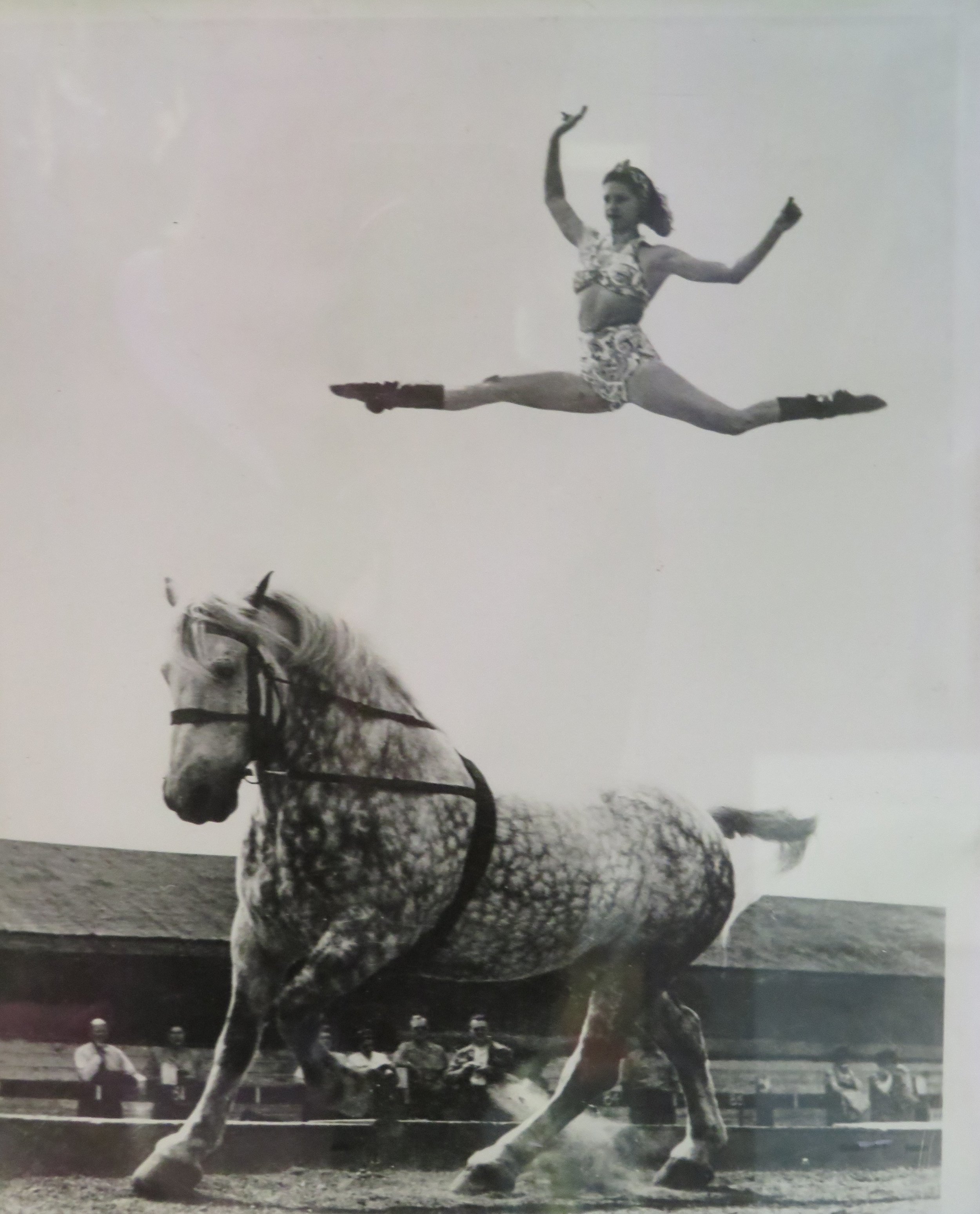Cycling the Nickel Plate Trail & The Circus Hall of Fame
/Nickel Plate Trail – Bunker Hill to Lover’s Lane MM 5 – 31 miles RT
Though the Nickel Plate Trail actually starts just north of Kokomo, the official GART route begins closer to the town of Peru. further north. We picked it up just south of Peru at Bunker Hill. According to the trail website, “Nickel Plate Road is an interesting name for a railroad line. It earned the nickname because when it was being planned, there were four lines surveyed for the position. The competition was fierce for not only the line but also the money that would be earned by having the railroad in the respective towns and cities. The editor of the Norwalk Ohio Chronicle referred to the New York, Chicago, and St. Louis RR route as “Nickel Plated” due to the money that would be earned. The nickname stuck.”
We picked up the Nickel Plate Trail in Bunker Hill, just south of Peru, Indiana.
One of the oldest rail lines in Indiana, this rail-trail now runs along a section of the corridor originally known as the Peru & Indianapolis Railroad chartered in 1846. The last train ran on this line in 1992 and in 1999 it became part of the Federal railbank program. A local non-profit group began converting it into a multi-use trail and it opened in 2006.
Wabash River Bridge
Most of the route was on a paved trail with county road and quiet street crossings. We traversed the 1940-vintage Wabash River Trestle Bridge, abandoned when the trains stopped running. The bridge was repaired and decked in 2011 and became part of the Nickel Plate Trail. Unfortunately for David, crossing the Wabash River reminded me of the song, The Wabash Cannonball, which I sang pretty much non-stop for the rest of the day.
A 3-mile section through Peru, however, was a bit more stressful. Cycling through neighborhoods and side streets was easy enough, but pedaling along busy highway 31 with lots of traffic was not pleasant. Once we regained the trail on Lover’s Lane, however, it was easy riding to our destination… just to Mile Marker 5 which we had arbitrarily chosen.
There were some interesting Nickel Plate Trail memorabilia in downtown Peru.
On our return trip we stopped at the Mount Hope Cemetery to visit Cole Porter’s grave.
International Circus Hall of Fame
We also noticed a small sign touting Peru as ‘The Circus Capital of the World”. Really? We needed to investigate. Once back at Blanche, I did a little research and found that the Circus Hall of Fame was actually open for business on this particular day which left us no option but to head there.
Entrance to the Circus Hall of Fame was located in one of the old Hagenbeck-Wallace winter barns.
Located inside the original American Circus Corporation winter quarters barns and buildings, the Circus Hall of Fame is now a designated Historical National Landmark. According to information we gleaned, during its glory years between 1922 and 1929, the American Circus Corporation owned five different circuses with three of them staying at this facility in Peru. Over 40 elephants wintered here as well as lions, tigers, and yes, bears. Monkeys, reptiles, great apes, giraffes, zebras, and even polar bears who had their own pool spent their winter months here.
A Hall of Fame brochure asserted that “In the past 100 years there has been more circus activity in Peru than anywhere else in the world. The first circus in the USA was held in 1793 in Philadelphia. The first ‘railroad circus’ was held in 1872 when P. T. Barnum decided that the circus was too large for small venues and needed to move by train from one large city to the next. The golden age of the American Circus began in 1870 when nearly a dozen larger circuses toured the country. From then until the 1940s, Peru, a railroad hub, was a focal point for a traveling industry that depended on the rails to move the circuses from one site to another.”
Famous circus performers such as animal trainer, Clyde Beatty, master clown, Emmet Kelly, celebrated trapeze artists, and equestrian troupes were residents of the town. Quite the circus heritage.
It was near the end of the day and we were left to wander at our own pace. It was much bigger than we imagined, chock-a-block full of circus memorabilia, beautiful circus wagons, and interesting information about the performers and the owners. We barely managed to finish our tour by closing time. A fun way to spend an afternoon for sure.
Tomorrow, we’ll drive a gap of about 15 miles on a busy highway to the beginning of the next section of the GART and begin cycling once again. And beyond cycling, you’ll learn about Indiana’s round barns as soon as we do a little local exploring at the Round Barn Museum.
















